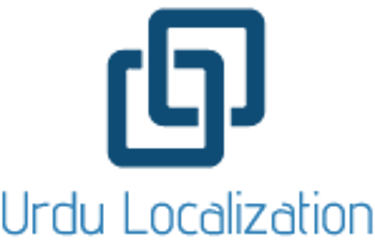
No-Code Localization: How Urdu Websites Scale Without Developers
2 min read

Digital expansion no longer depends solely on technical teams. With modern no-code localization tools, businesses can translate and adapt websites for multiple languages—including Urdu—without touching a single line of code. This shift is empowering marketers, content managers, and localization specialists to scale faster and reach Urdu-speaking audiences efficiently. For companies targeting Pakistan, India, and the global Urdu diaspora, no-code localization offers a cost-effective and agile way to ensure inclusivity and accessibility.
The Rise of No-Code Localization
Traditional localization workflows often rely heavily on developers to manage translation files, handle right-to-left (RTL) text, and integrate multilingual plugins. This technical dependency slows down projects and raises costs. No-code localization platforms eliminate these bottlenecks by providing intuitive interfaces that allow content teams and Urdu translators to manage translations directly. With tools like visual editors and dynamic previews, teams can instantly see how Urdu text fits into web layouts—ensuring accuracy, design consistency, and a seamless user experience.
Why Urdu Localization Needs Human Precision
Even in a no-code system, human expertise remains irreplaceable. Urdu’s linguistic structure, rich idioms, and double-meaning words require contextual understanding that machine tools alone can’t guarantee. Human translators and localizers ensure that Urdu web content sounds natural, culturally appropriate, and brand-consistent. They adapt tone, phrasing, and layout to maintain authenticity and clarity. For example, a call-to-action in Urdu may need a completely different expression to evoke the same emotional impact as in English.
RTL Design Challenges Simplified
One of the biggest challenges in Urdu website localization is right-to-left alignment. Text direction affects layout, navigation, icons, and even animations. No-code localization platforms simplify this by automatically adjusting layouts for RTL scripts—saving developers countless hours. Still, collaboration between designers and Urdu localizers ensures that typography, spacing, and readability meet high user experience standards. Proper Urdu font selection and alignment directly influence audience comfort and engagement.
Empowering Marketers and Translators Together
No-code localization democratizes the process. Marketing teams can launch localized Urdu campaigns faster without waiting for engineering cycles. Translators can work collaboratively in real-time, refining linguistic details directly within the interface. This synergy improves translation quality and accelerates publishing. Human Urdu translators ensure that automated outputs—such as AI-generated drafts—are polished through expert post-editing, maintaining brand tone and cultural relevance.
Cost Efficiency Without Compromise
For growing businesses, no-code localization offers measurable ROI. It reduces dependency on developers, shortens release cycles, and enables faster scaling into Urdu-speaking markets. More importantly, it allows teams to invest savings back into quality—by hiring skilled Urdu translators, editors, and localization testers. A fast workflow should never mean cutting corners on language accuracy or cultural sensitivity.
From Translation to Experience: The Final Layer
Website localization is not just about converting language—it’s about creating a complete, culturally resonant user experience. No-code tools handle the structure, but human Urdu localizers provide the substance. They ensure every button label, product description, and customer message feels natural to native speakers. Whether it’s an e-commerce store, educational platform, or corporate website, this blend of automation and human expertise ensures scalable quality and inclusivity.
No-code localization is transforming the digital landscape by making multilingual expansion accessible to all businesses. When paired with expert Urdu translators and localizers, it becomes a powerful strategy for global growth. With the right tools and human insight, brands can scale into Urdu markets faster—without losing their voice, message, or quality.
